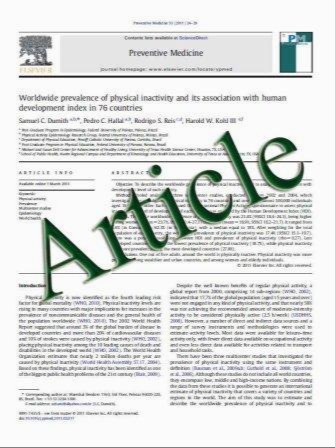Minimally invasive osteosynthesis with an intramedullary nail for osteoporotic distal radius fractures
- نوع فایل : کتاب
- زبان : انگلیسی
- مؤلف : Naoya Takada Takanobu Otsuka Akira Kondo Makoto Fukuta Hiroyuki Suzuki Kunio Yamada
- چاپ و سال / کشور: 2010
Description
Background Since 2006, the authors have been using minimally invasive osteosynthesis with an intramedullary nail (MICRONAIL; Wright Medical Technologies, Arlington, TN) for treating osteoporotic distal radius fractures. The purpose of this study is to retrospectively evaluate the clinical outcome of patients treated with this method. Methods In all, 22 female patients were treated with an intramedullary nail, requiring two small skin incisions. Their average age at surgery was 67 years. Range of motion of the wrist, grip strength, Quick disabilities of the arm, shoulder, and hand score, and radiographic outcomes were assessed, and postoperative complications were evaluated. The average follow-up period was 9.5 months. Results All fractures were united. The average range of flexion and extension were 60 and 61, respectively. The average grip strength was 83% of the uninjured side. The average Quick disabilities of the arm, shoulder, and hand score was 3.7 points. The average volar tilt, ulnar variance, and radial inclination on the radiographs obtained at final follow up were 9, 0.5 mm, 20, respectively. There were no postoperative incidents of loss of reduction, implant failure, deep infection, and tendon or nerve problems. Conclusions In this study, no postoperative complications were observed, and the clinical outcome was good. The angular stable implant maintained the reduction position even in osteoporotic bones. Because small skin incisions were required, this technique was advantageous from the cosmetic viewpoint. The minimally invasive osteosynthesis with an intramedullary nail reduced pain and swelling, and patients could resume daily life activities at the earliest.
Eur J Orthop Surg Traumatol DOI 10.1007/s00590-010-0743-0 Received: 19 September 2010 / Accepted: 15 December 2010


